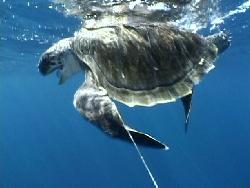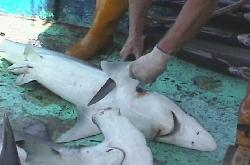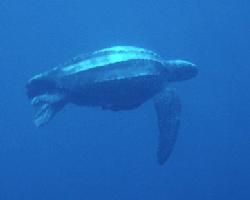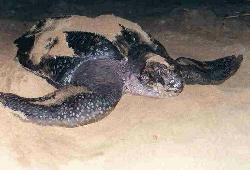|
"Often the best solutions stem from fishermen themselves, but without political or financial incentive to promote development and use of 'gear fixes' or new operating procedures, destructive practices will continue," said Morgan.
Spatial management, where the use of certain gears is prohibited in sensitive habitats or popular breeding or feeding grounds of at risk species, is another option. But in the end, some gears may have to go.
"We need to think about restructuring fisheries around not using trawlers. Trawling has to be curtailed and phased out as a way of interacting with the environment - it is just too destructive," argued Daniel Pauly, University of British Columbia, a fisheries biologist. "As a society, we make these types of judgments all the time - we don't have to do everything that we can do, in fact we have rules of restraint to prevent damage - we don't allow people to drive over the speed limit just to get somewhere faster, we don't allow machine guns to hunt deer, and we need not allow wasteful destruction of our marine resources."
Several U.S. states, including California, Alaska, Florida and Virginia, already have regulations limiting the use of bottom trawls. The scientists hope that this innovative approach to evaluating fishing gears and incorporating judgments by various interest groups will be applied in all areas, catalyzing new attention and action to reduce the bycatch and habitat destruction across fishing gear types.
|



